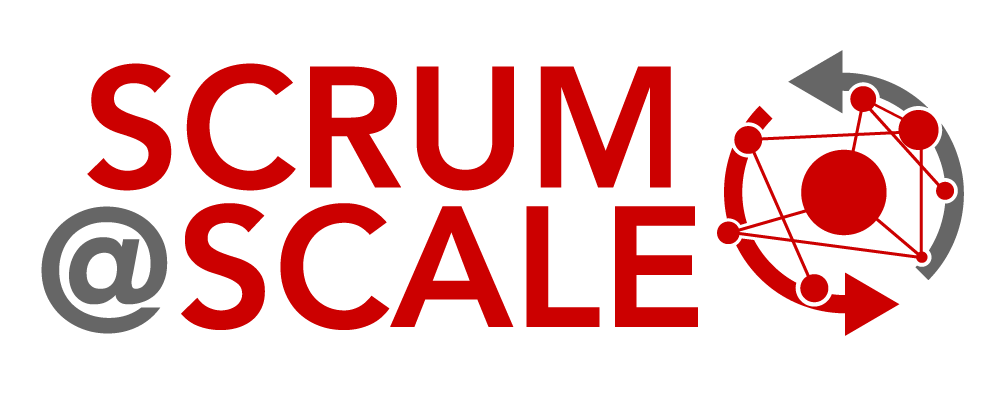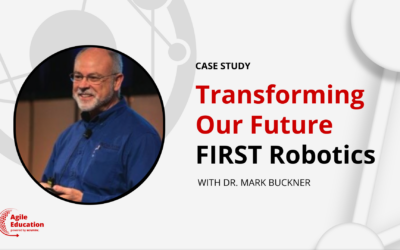Case Study
Farm Credit Canada: Agile Transformation with Scrum@Scale
CASE STUDY SNAPSHOT
Trainer Name: Klaus Bucka-Lassen
Organization: Farm Credit Canada
Organization Size: Large
Industry: Financial Services
Topics: Executive Action Team (EAT), Regulatory and Compliance
Date: 2013-2014
Website: https://flowdays.net/
Summary
Farm Credit Canada (FCC) is the largest agricultural term lender in Canada with over $3 billion in assets, 100,000 customers, and 2,000 employees. The company had an offshore project being managed with a waterfall method. The project was supposed to take three years. Instead, it was delivered four years late, way over budget, and with significant quality issues. Everyone, from the developers to the managers to the customers, was unhappy and knew they needed a different way of working.
FCC leaders realized it was time to “eat their own dog food,” or lead by example. This term melded with one defined by Scrum@Scale – The Executive Action Team, a.k.a. EAT (see what they did there?). An EAT is set up to create an agile bubble in the organization that operates with its own guidelines and procedures. This team integrates effectively with any part of the organization (agile and non-agile). This leadership team owns the agile ecosystem, implements the Scrum values, and assures that Scrum roles are created and supported.
FCC created a highly functional Executive Action Team (EAT) for this transformation. The CIO became the Product Owner who served as Scrum Master, and key executives made up the Scrum Team.
Having a proper prologue to introduce the work, the EAT Product Backlog was created and populated with proper user stories, e.g. “As Scrum Team that has grown too big, we want to split into smaller teams so that we have more efficient communication again.”
The next step for this particular story was to split into teams, within certain parameters. These were created through a three-hour, self-organized workshop. The first phase resulted in the formation of small teams with better communication and cross functionality. The organization has grown now to approximately 20 teams, with the EAT and Meta Scrum teams meeting on a regular basis to keep communication flow.
Scrum@Scale was an ideal fit and was the way to organizational change that FCC was looking for. The proof of this came from feedback in all stakeholder categories. The developers, managers, business partners, and most importantly, FCC’s customers all came back with great reviews and appreciation for the company’s turnaround.
Key Result
FCC learned key lessons:
1) Leading by example leads to success. “You can’t learn to tango by reading about it; you have to dance.”
2) Agile transformation is complex, so be agile in execution
3) Make tiny deployable steps when scaling Scrum
4) Scale organically (i.e. cell splitting)
Who is Klaus Bucka-Lassen
Klaus Bucka-Lassen is a Scrum Master, Scrum Professional and Scrum Product Owner, in addition to co-training Scrum Master and Product Owner courses regularly with Scrum@Scale creator Dr. Jeff Sutherland. Klaus has helped major companies, from banking, insurance, pharmaceutical, telecommunication, and manufacturing, become more Agile.



